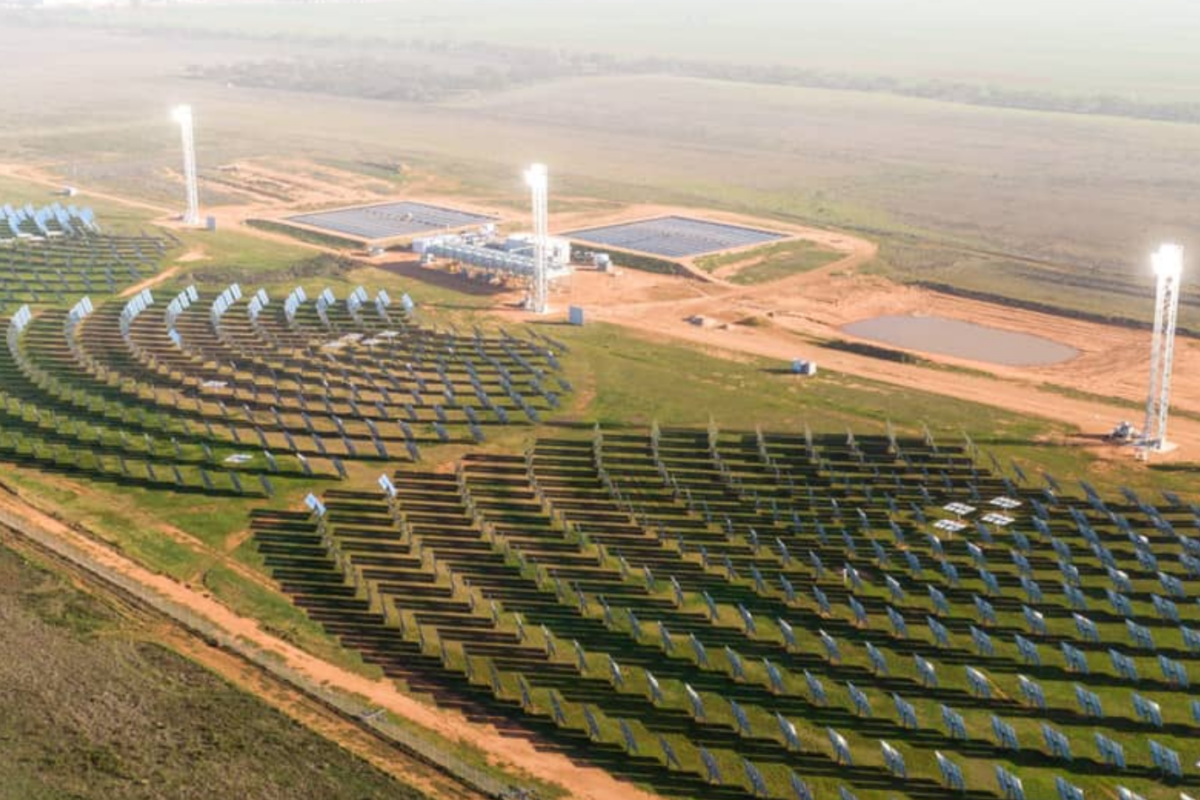With electricity users in other parts of Australia’s eastern energy market facing bill hikes of up to 18%, the Australian Capital Territory (ACT) economic regulator has announced that electricity prices in Canberra will decrease in the next financial year thanks to the territory’s transition to 100% renewable electricity.
The ACT’s Independent Competition and Regulatory Commission (ICRC) announced on Monday that regulated tariffs provided by government-owned retailer ActewAGL will decrease by at least 1.25% from 1 July, 2022.
ICRC senior commissioner Joe Dimasi said the ACT is the only jurisdiction in the national electricity market (NEM) where regulated tariffs would decline in 2022-23.
“The minimum average decrease of 1.25% will translate to an annual bill saving of $23 for an average residential customer consuming 6,500kWh,” he said. “For an average non-residential customer consuming 25,000kWh, the decrease in the annual bill will be $88,”
“The average annual bill for Canberrans on standing offers will be the lowest compared to the average standing offer bills faced by customers in New South Wales (NSW), Victoria, Queensland and South Australia (SA).”
Millions of households across the NEM face a major increase in their energy costs at the end of the month after the Australian Energy Regulator (AER) last week announced a double-digit percentage increase in the benchmark electricity price for some states.
The AER’s latest default market offer (DMO) determination finds higher coal and gas costs will leave consumers in NSW, southeast Queensland and SA paying much more for their electricity. The new DMO comes into effect on 1 July, 2022.

Image: Visit Canberra
The biggest price hikes have occurred in the coal-power dependent states of Queensland and NSW. The DMO shows a rise of between 8.5% and 14.1% for standing offer customers in NSW, meaning customers could face a price hike between $119 and $227. In southeast Queensland there will be an increase of 11.3% meaning an additional $165 while South Australians will pay an extra $124, up 7.2%.
Small business owners in those jurisdictions will also suffer energy price increases, with the DMO increasing by up to 19.7%, 12.8% and 5.7% in NSW, southeast Queensland and SA respectively.
The AER cited rising wholesale costs, compounded by the conflict in Ukraine which has led to “significant” pressure on coal and gas around the world for the increase.
The AER said the pressures had been compounded by extreme weather events in NSW and Queensland affecting coal supplies and electricity demand, and unplanned outages at fossil-fuel fired generators.
The ICRC said the ACT government’s locking in of long-term renewable energy contracts to source the equivalent of 100% of the territory’s electricity consumption from renewable energy sources, including large-scale wind and solar farms, has more than offset the spike in wholesale electricity costs.
“The price reduction is driven by the reduction in ACT government scheme costs, which more than offset the increase in wholesale electricity costs. ACT government scheme costs put downward pressure on prices this year,” the ICRC said.
The ACT was the first jurisdiction in Australia to make the transition to 100% renewable energy, helped by an economy that lacks gas-dependent manufacturing and heavy industry.
The first step on the road to 100% renewable energy was a long-term contract with the 20MW Royalla Solar Farm, one of Australia’s oldest utility scale solar projects. The ACT also locked in deals with other large generators, completing the switch in 2020.
ACT Chief Minister Andrew Barr was quick to respond to the ICHC’s update of regulated retail electricity prices, saying the early switch to renewables had protected the territory.
“In August 2015, I committed the ACT to achieving 100% renewable electricity by 2025. We got there ahead of time in 2020,” he tweeted. “One of the results of this policy ambition, and accelerated delivery, was on display today.”
This content is protected by copyright and may not be reused. If you want to cooperate with us and would like to reuse some of our content, please contact: editors@pv-magazine.com.









By submitting this form you agree to pv magazine using your data for the purposes of publishing your comment.
Your personal data will only be disclosed or otherwise transmitted to third parties for the purposes of spam filtering or if this is necessary for technical maintenance of the website. Any other transfer to third parties will not take place unless this is justified on the basis of applicable data protection regulations or if pv magazine is legally obliged to do so.
You may revoke this consent at any time with effect for the future, in which case your personal data will be deleted immediately. Otherwise, your data will be deleted if pv magazine has processed your request or the purpose of data storage is fulfilled.
Further information on data privacy can be found in our Data Protection Policy.